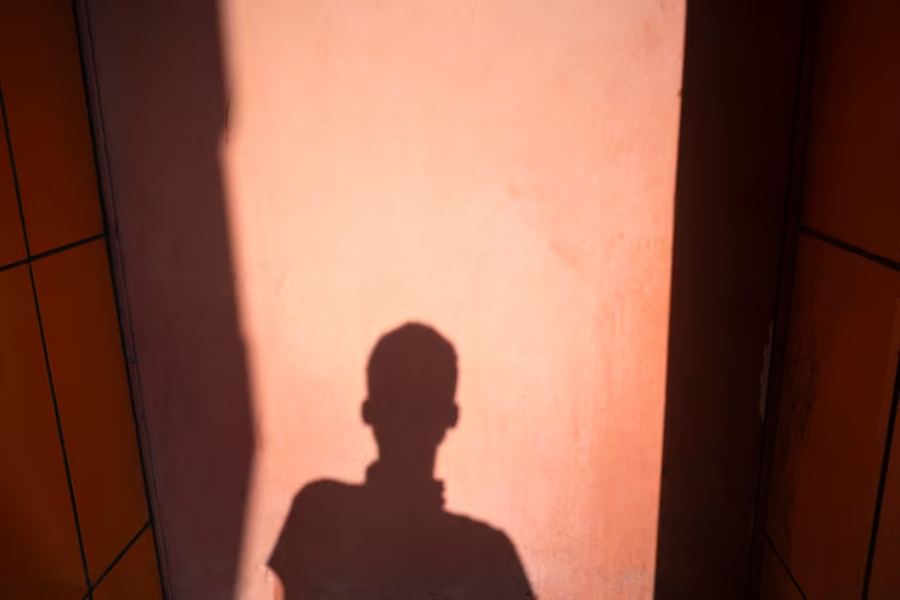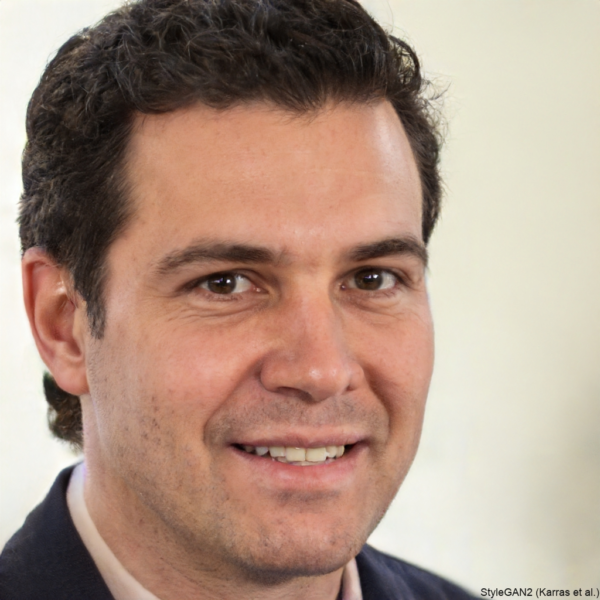Inside the Shadows: What Happens During an Investigative Stake Out

When you hear investigative stakeout, images of detectives in dark cars and shadowy alleyways might come to mind. But the real story of what unfolds during a stakeout is far more complex, meticulous, and rooted in precision. Stakeouts remain among the most powerful surveillance tools in modern private investigations, helping professionals gather undisputed evidence that no paper trail or digital trace can substitute. It’s a world of patience, discipline, and intense observation—where every moment counts and every detail matters.
The Purpose Behind the Wait
A stakeout isn’t just about sitting still and watching. It’s about positioning. Investigators gather intelligence—routine habits, known locations, patterns of movement—and then create a strategic plan. The goal is clear: observe a subject without being detected. Whether it’s a suspected cheating spouse, an insurance fraud claimant, or someone evading legal service, the mission hinges on collecting credible, time-stamped evidence. Sometimes the objective is to document a subject’s behavior, while in other cases, it’s about identifying associations or verifying specific activities.
Timing Is Everything
Timing can make or break a stakeout. Investigators must determine the best time to begin surveillance, which could be during early morning commutes, late-night rendezvous, or specific events based on the subject’s routine. What’s often overlooked is how fluid these schedules can be—flexibility and adaptability are non-negotiable skills. Unlike movies where the action unfolds quickly, real stakeouts can last for hours—or even days—with nothing eventful occurring. Yet all it takes is one crucial moment to capture game-changing footage or photographic proof.
Tools of the Trade
Gone are the days when binoculars and notepads were the only essentials. Today, professionals come equipped with high-definition cameras, night vision lenses, GPS trackers (when legally permissible), and specialized apps for real-time reporting. Technology supports every angle of the investigation, but discretion remains vital. Tools must be used subtly, without drawing attention, which is why many investigators use custom rigs inside their vehicles or wear concealed gear while on foot. The balance between innovation and invisibility is the fine art of surveillance.
The Role of Vehicle Surveillance
For many, the vehicle becomes the investigator’s mobile headquarters. It offers a concealed vantage point while providing a fast escape if needed. But sitting in a parked car for hours isn’t as easy as it sounds. Professionals must consider the concerns of sight lines, lighting, traffic flow, and neighborhood watch. A car that’s too noticeable risks exposure, so investigators often rotate vehicles or use ones that blend into the environment. Comfort, disguise, and operational readiness all factor into successful vehicle surveillance.
Physical and Mental Stamina
Few understand the physical and mental discipline required to conduct a stakeout. Sitting still for hours, often in silence and sometimes in uncomfortable weather conditions, demands patience. But the real challenge is mental focus. Missing a subject’s five-second appearance could mean losing a case. Investigators must train to remain sharp and alert, sometimes working in shifts to stay fresh. Endurance and vigilance separate professionals from amateurs.
Legal Boundaries and Ethical Conduct
Stakeouts may involve following someone or filming from public spaces, but firm legal boundaries remain. A good investigator knows the limits of the law, especially regarding trespassing, recording audio, or invading privacy. Ethical conduct is critical not only for legality but also for the credibility of the evidence. Violating these rules could invalidate an entire case. That’s why licensed professionals follow strict operational protocols that ensure effectiveness and lawful conduct.
Gathering Evidence That Stands in Court
One of the biggest values of a well-executed stakeout is the quality of evidence it produces. Surveillance footage, time-stamped photographs, or logs detailing movement and interactions can provide undeniable proof. The best investigators document everything meticulously, building a narrative supported by visual and chronological accuracy. This evidence often holds weight in court because it’s direct, observational, and difficult to refute.
Human Intelligence and Street Smarts
No gadget can replace intuition and experience. Stakeouts often require real-time decision-making, creative problem-solving, and an ability to read human behavior. Whether adjusting a vantage point, switching vehicles, or interpreting suspicious activity, an investigator’s street smarts and instincts play a major role. They must know when to stay put and when to make a move, and that knowledge comes from training and firsthand experience.
The Risk Factor
While many stakeouts are routine, there’s always an element of unpredictability. Subjects may attempt to evade surveillance, confront the investigator, or change their behavior. Working in unfamiliar neighborhoods or late at night can pose safety risks. Investigators must always maintain a high degree of caution and contingency planning, knowing how to defuse conflict or retreat if necessary. Their goal is never confrontation—it’s observation and documentation.
When the Shadow Work Pays Off
The reward of a stakeout often comes when the evidence aligns perfectly with the investigation’s goals. Whether proving an infidelity claim, exposing workers’ comp fraud, or locating a long-lost individual, stakeout surveillance provides answers when other methods fall short. It brings clarity to situations clouded by lies, misdirection, or secrecy. And for many clients, that truth can bring closure, justice, or legal resolution.
Stakeouts may unfold in the shadows, but their impact is anything but hidden. Through patience, precision, and a deep understanding of human behavior, investigators uncover truths that can’t be found through digital footprints alone. Investigative stakeouts remain a cornerstone of effective surveillance, whether confirming suspicions, collecting court-admissible evidence, or clarifying complex situations. If you’re facing a situation where the truth feels just out of reach, contact LawServePro for professional, discreet, and results-driven investigative services that bring the unseen to light.
